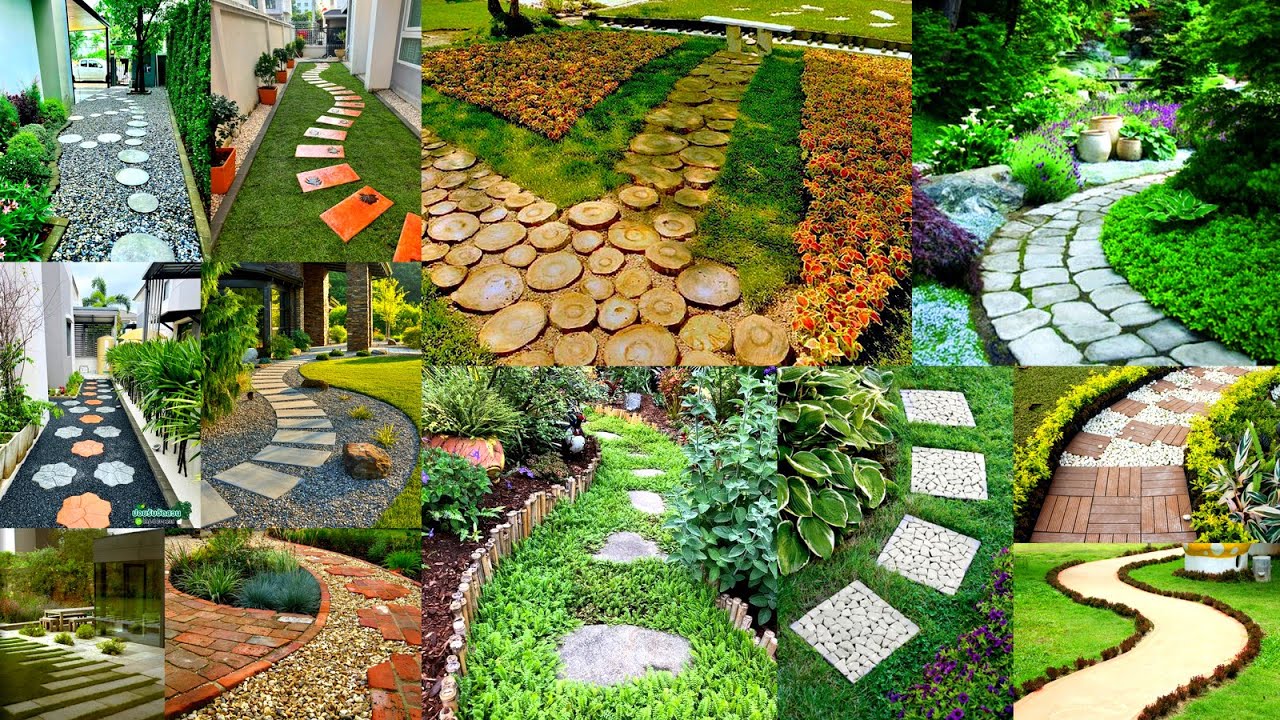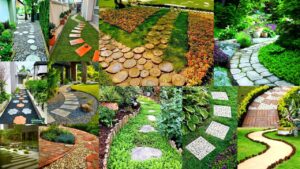Build Your Own Garden Path: Materials, Styles & Tips

A well-designed garden path is more than just a walkway it’s an invitation. It guides visitors through your outdoor space, connects areas of interest, and adds structure and charm to your landscape. Whether you’re aiming for a cozy cottage feel or a sleek modern vibe, creating your own garden path can transform your yard and be a satisfying DIY project.
This article will walk you through the key considerations: choosing materials, deciding on a style, and offering practical tips to help you design and build a garden path that enhances both beauty and function.
Why Add a Garden Path?
- Improves navigation through your garden or yard
- Prevents soil erosion and foot traffic damage
- Adds visual appeal and structure to the landscape
- Connects features like patios, sheds, and garden beds
- Increases property value with thoughtful design
1. Choosing the Right Materials
The material you choose defines both the look and functionality of your path. Here are some of the most popular options:
Pavers
- Pros: Durable, uniform, wide variety of shapes and colors
- Best For: Formal, modern, or geometric designs
🪨 Natural Stone (Flagstone, Slate, Bluestone)
- Pros: Organic look, non-slip, weather-resistant
- Best For: Rustic or cottage-style paths
🪵 Wood (Stepping Logs, Decking Planks)
- Pros: Warm, natural feel, good for woodland gardens
- Best For: Informal paths, shaded areas
- Note: Use treated or rot-resistant wood like cedar or redwood
🪨 Gravel or Crushed Stone
- Pros: Budget-friendly, good drainage, flexible design
- Best For: Casual, curved paths; Mediterranean-style gardens
Brick
- Pros: Classic look, easy to lay in patterns, durable
- Best For: Traditional and colonial-style gardens
Mulch or Bark Chips
- Pros: Soft underfoot, eco-friendly, affordable
- Best For: Temporary or natural woodland-style paths
2. Picking a Style That Fits Your Landscape
Formal Paths
- Straight or symmetrical
- Often use pavers, bricks, or tile
- Edged for a clean, defined appearance
Informal Paths
- Curved, natural flow through the garden
- Typically made with gravel, stepping stones, or mulch
- Blend more easily into wild or organic landscapes
Stepping Stone Paths
- Stones spaced with grass, moss, or gravel in between
- Ideal for light foot traffic areas
- Can feel whimsical or meditative
3. Tips for Planning and Building Your Garden Path
Plan the Route
- Walk the area and mark your desired path with rope or a hose.
- Consider how people naturally move through your yard.
- Account for slopes, drainage, and existing garden features.
Measure and Mark
- Use spray paint or stakes with string to define edges.
- Calculate how much material you’ll need (width, length, depth).
Prepare the Base
A solid foundation ensures durability and reduces maintenance.
- Excavate 4–6 inches below grade (deeper for loose materials).
- Add a layer of landscape fabric to block weeds.
- Fill with crushed gravel or sand and compact thoroughly.
Lay the Path Material
- For pavers or stones, start at one end and level each piece.
- Leave consistent spacing if using stepping stones or bricks.
- Fill joints with sand, gravel, or mortar depending on material.
Edge It Out
- Edging keeps materials in place and adds a finished look.
- Use metal, brick, timber, or plastic edging to suit your design.
4. Maintenance Tips
- Weed control: Regularly remove growth between stones or install weed barrier.
- Re-level stones: Reset any that shift due to weather or use.
- Refresh materials: Top off gravel or mulch as it settles or washes away.
- Clean: Pressure wash pavers or stones to prevent staining or moss buildup.
5. Design Ideas to Inspire You
- Zen-Inspired Path: Use smooth pebbles and natural stone with bamboo edging.
- Cottage Garden Walkway: Irregular flagstones set in grass or creeping thyme.
- Modern Minimalist Path: Large concrete slabs in clean, linear patterns.
- Rustic Retreat: Bark mulch path with log edges winding through trees.
Final Thoughts
Building your own garden path is a rewarding project that enhances both the look and functionality of your outdoor space. By selecting the right materials and design for your landscape, you can create a beautiful, long-lasting walkway that complements your garden’s personality—and your own.
Whether you’re aiming for elegance, whimsy, or practicality, a well-placed garden path invites exploration, adds value, and makes your yard truly feel like home.




